Meet the Woman Who Lived Atop the Big Chair in Anacostia
Creative advertising wasn’t just for Don Draper and the New York Mad Men.
In 1959, Anacostia’s Curtis Bros. Furniture Company commissioned Bassett Furniture to construct a 19.5 foot tall Duncan Phyfe dining room chair to put on display outside their showroom at V St. and Nichols Ave. SE (now Martin Luther King, Jr Blvd. SE). Made from African mahogany and weighing some 4,600 pounds, "The Big Chair" was labeled the largest chair in the world. However, titles and records weren’t enough for the marketing folks at Curtis Bros. They had another idea in mind for their new toy.[1]
The company hired a glassmaker to build a 10 x 10 foot glass house on the seat of the chair. The tiny cube had three transparent sides (the fourth was black) and its ceiling was a mirror.[2] Inside, it was equipped with curtains, a bed, shower, toilet, television, phone, heater, air conditioner and balcony – a comfy, if also cozy, arrangement for a tenant who could overlook the obvious fact that her entire life was on display, day and night.
Curtis Bros. then set out to find a resident for the new apartment – someone who would live there in plain view, 24-7, and attract attention to the store. They found their girl when 19 year-old Lynn Arnold walked in the store looking to buy some furniture. Arnold, a model and the reigning Washington Junior Chamber of Commerce’s “Miss Get Out the Vote 1960,” had just the look that store managers wanted for their new glass house and they approached her with the idea of living on the chair. After some consideration, Arnold agreed (over the objections of her husband), with the understanding that the scene was to be more wholesome than racy.[3]
As she told the Washington Post later, “I didn't want to do anything like stand up there naked or in a bathing suit. They wanted a Cinderella figure; they didn't want Marilyn Monroe. I figured I could pull this off without being branded a slut.”[4]
On August 13, 1960, a forklift delivered Arnold to her high abode. For the next 42 days she lived in the glass house, spending her days reading, watching television, talking on the phone (she had an unlisted number!) and greeting the crowds who came to see her. Her meals and changes of clothes were delivered by a crude dumbwaiter system, which occasionally tipped over and spilled onto the furniture store parking lot.[5] She had no regular visitors in the apartment except for her 14-month-old son, Richard, who was raised up to her.[6]
After six weeks above, Arnold announced that she was “groundsick” and came down from the chair on September 23.[7] When it was all said and done, she earned almost $1500 for her trouble and the Curtis Bros. Furniture Company earned considerably more than that in publicity.
For more about the Big Chair, check out the Curtis Bros. website. Anyone remember seeing her in person?
Footnotes
- ^ Schwartzman, Paul, “You Better Sit Down. The Big Chair's Gone.; Anacostia Laments Loss of a Landmark,” Washington Post, 28 Aug 2005: C1.
- ^ “Living in the Open,” Washington Post, 14 Aug 1960: A14.
- ^ Schwartzman, Paul, “You Better Sit Down. The Big Chair's Gone.; Anacostia Laments Loss of a Landmark,” Washington Post, 28 Aug 2005: C1.
- ^ Ibid.
- ^ “Model Gets Out of Her Glass Home,” Washington Post, 24 Sep 1960: C2.
- ^ Schwartzman, Paul, “You Better Sit Down. The Big Chair's Gone.; Anacostia Laments Loss of a Landmark,” Washington Post, 28 Aug 2005: C1.
- ^ “Model Gets Out of Her Glass Home,” Washington Post, 24 Sep 1960: C2.


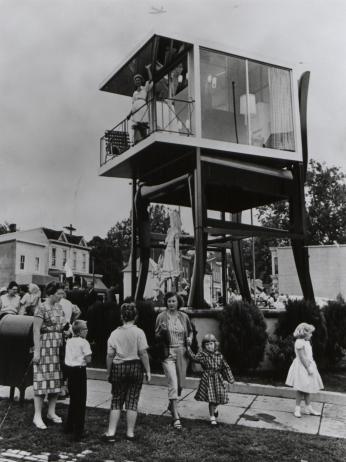
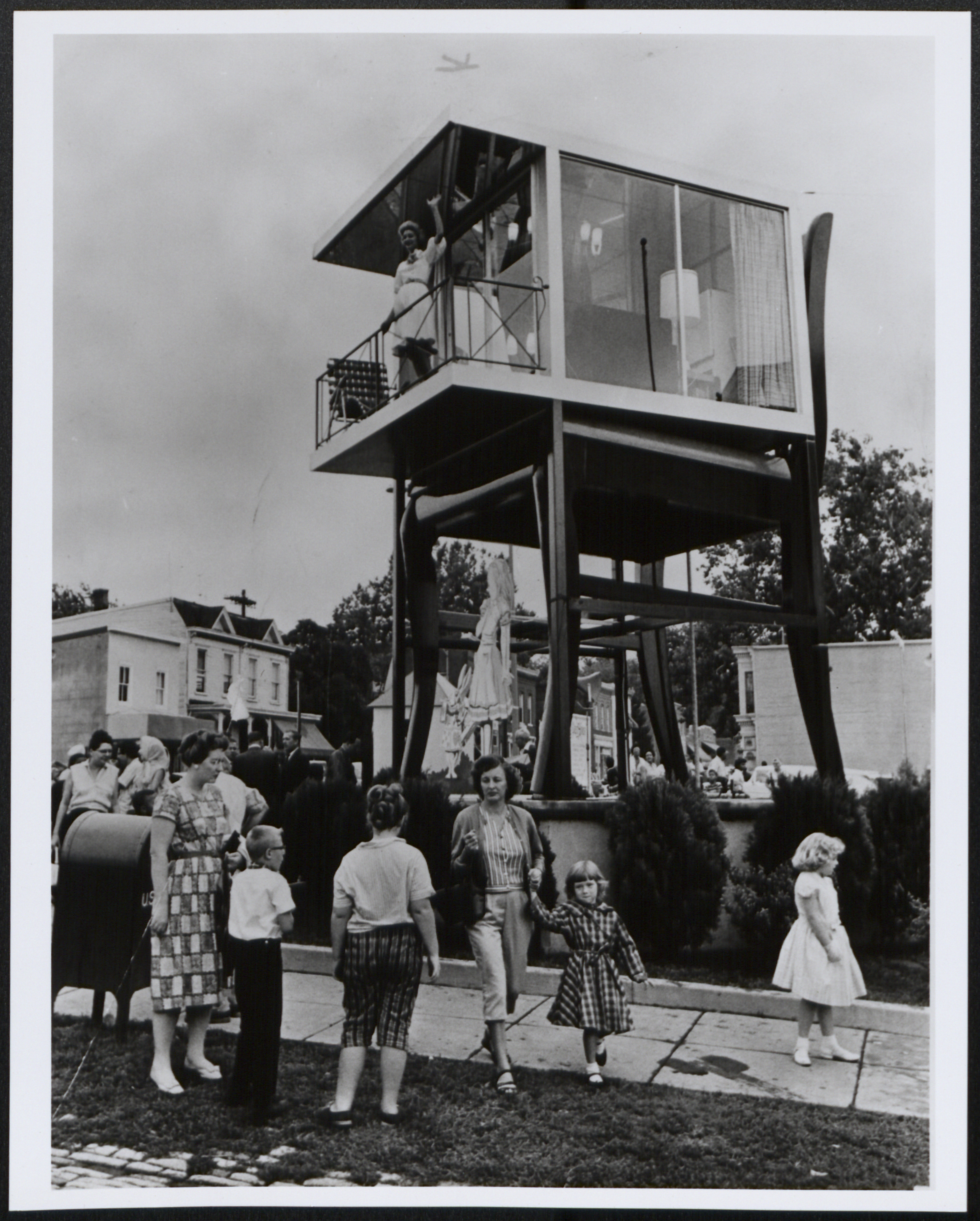
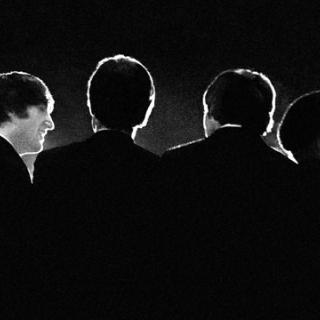
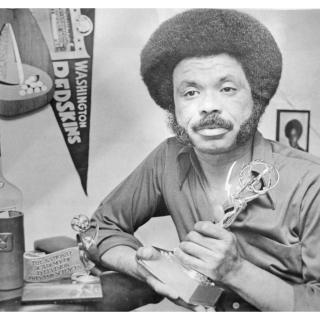
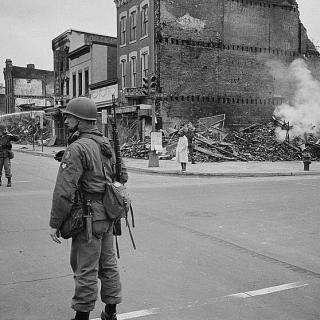
![Sketch of the mythical fuan by Pearson Scott Foresman. [Source: Wikipedia]](/sites/default/files/styles/crop_320x320/public/2023-10/Goatman_Wikipedia_Faun_2_%28PSF%29.png?h=64a074ff&itok=C9Qh-PE1)












